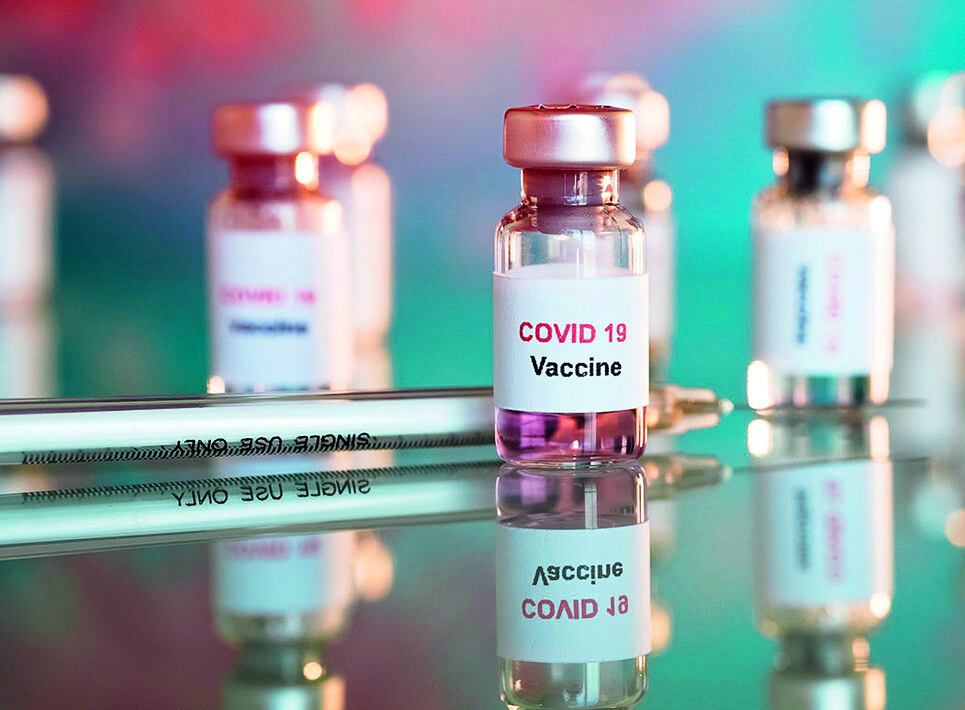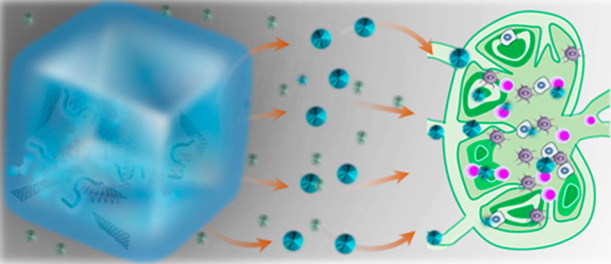Against coercion; for information
2021/03/15 Galarraga Aiestaran, Ana - Elhuyar Zientzia Iturria: Elhuyar aldizkaria
 400
400
Transparent and comprehensive information is critical for decision-making and standards assessment. In the case of vaccines, there are people who in principle renounce, which confronts individual freedom with collective benefit. The denial of many is not a matter of principle, but of prudence or reluctance: they prefer to wait to see that vaccines are safe and effective.
In fact, surveys conducted in the US, the UK, Spain and other countries have shown that, as the insertions of covid-19 progress, the percentages of doubtful and renunciant decline. Therefore, many experts believe it is more appropriate to convince than to force more people to be possible. In line with this view, below are some basic questions and answers about covid-19 vaccines:
How are vaccines?
All vaccines work the same way: they prepare an immune system to fight a dangerous pathogen. To do this, weakened versions or parts of this pathogen are introduced into the body, which do not cause damage, but which identifies the immune systems and reacts to protect it, creating antibodies and specialized cells. So, if you become infected with pathogen, the body already has the answer ready.
What are mRNA vaccines (Pfizer, Moderna)?
The most important component of the SARS-CoV-2 virus is a protein, protein S. Through it the cells are accessed and, if blocked, the virus cannot cause damage. Therefore, the vaccines generated are based on this protein S.
Specifically, DNA or messenger RNA (Pfizer and Moderna) vaccines contain genetic information for protein production. The information is encoded in the messenger RNA. This molecule has no other information or function. It is not possible to access the nucleus of our cells and does not affect our DNA. All it does is inform our cells to produce S protein. Being a strange S protein, the immune system reacts and creates protection.
This protection is sustainable. On the contrary, the mRNA and the proteins that are generated disappear in a few days.
And adenobric vaccines (Astrazeneca, SputnikV)?
Adenobric vaccines also contain information for the production of protein S, but in the form of a DNA molecule and integrated into the DNA of another virus. This other virus is from the adenovirus family and is not pathogenic, i.e. it is not harmful.
Against MRNA vaccines, they do not need such a low temperature to store them. This facilitates distribution. In addition, they are cheaper.
How have they developed so fast?
Scientists have been researching vaccines for years and adenobirus technology was also used with other vaccines, such as citric and Ebola. MRNA vaccines, on the other hand, are those of COVID-19 the first to have been authorized, but others of this type were already being tested in people such as anti-HIV or rabies. In the case of Koronabirus, SARS and MERS pests were also investigated, and the results obtained then suggested that this technology could be useful.
Keep in mind that scientific information has never been so fast and transparent to share and that not so much global funding has been received.
Are they safe and efficient?
To be authorized must overcome three phases of clinical sessions. In the third phase between 30,000 and 40,000 people participate. Authorization is obtained taking into account your results. And once the general population is reached, the fourth phase begins. It is then confirmed that they do not produce unexpected effects. As millions of doses of all types of vaccines have already been given and the results are being even better than expected. Therefore, reassuring for those who were in doubt.

Gai honi buruzko eduki gehiago
Elhuyarrek garatutako teknologia






